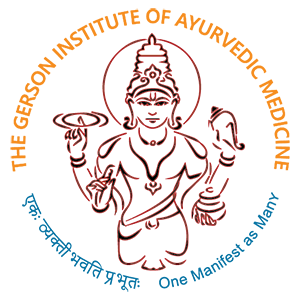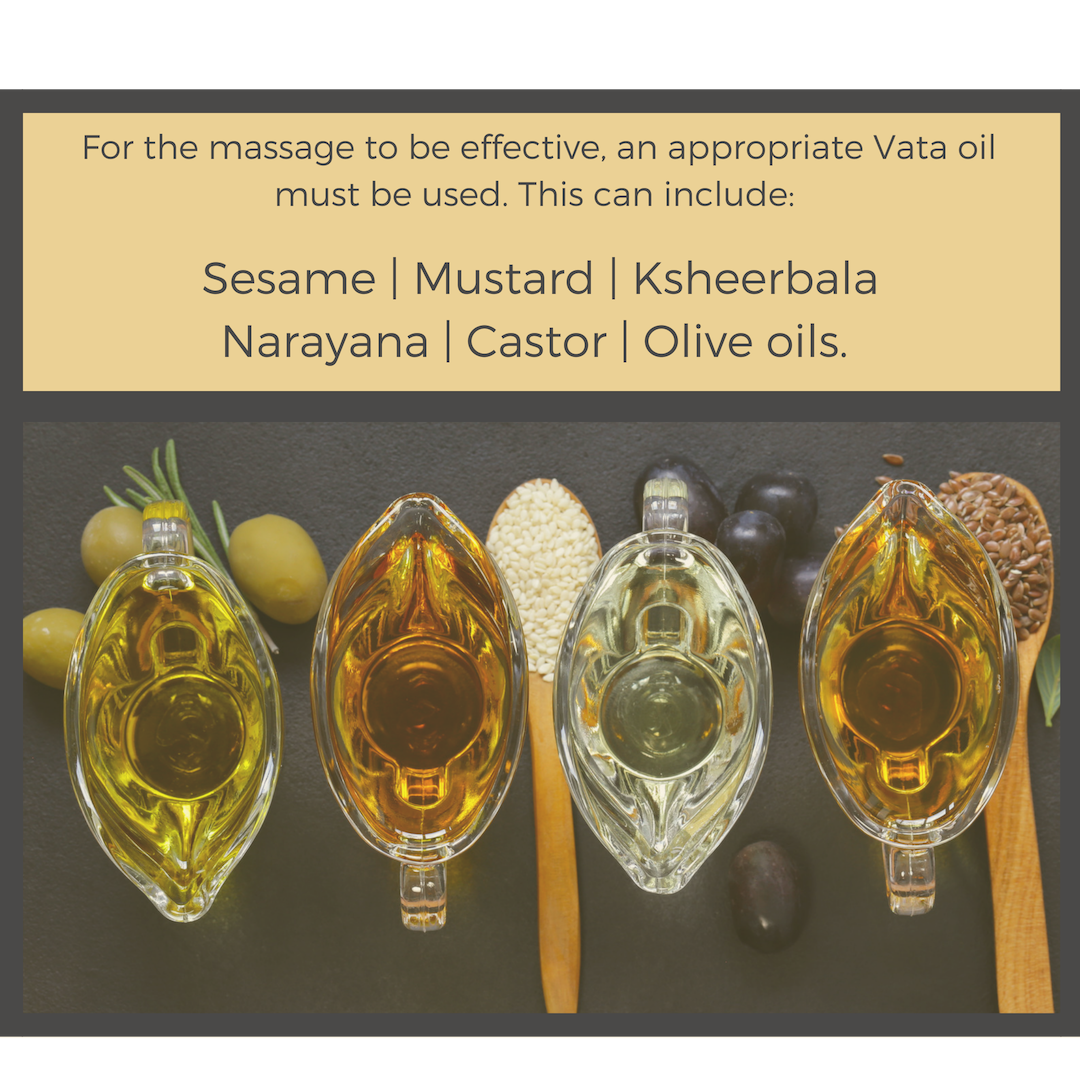Fall and Winter Seasonal Tips from The Gerson Institute of Ayurvedic Medicine
Winter brings with it the joy of seeing rosy-cheeked children playing in the snow, of gathering with friends in cozy settings, and celebrating the holidays with loved ones while enjoying hearty dinners. All of these festivities occur during Vata season, which is known for its cool, dry, and windy qualities. Another important quality of Vata is that it greatly influences the other doshas (Pitta and Kapha), so that a balanced Vata can help maintain balance throughout the entire physiology.
In general, we will experience the most difficulty in the season which matches our primary body type: fall/winter for Vata-types; summer for Pitta-types; spring for Kapha- types. This means that we should be particularly faithful to our prescribed constitutional regimens and, in addition, include measures which honor the season. Here are some general tips for us all during Vata season (October to March).
The winter season has an early and a late phase known as Hemanta ritu and Shishira ritu, respectively. Hemanta ritu runs from early November and ends in mid-January. Shishira ritu begins in mid-January and lasts till middle of March.
Abhyanga (Self Oil Massage)
Although we are encouraged to perform this vitalizing technique year-round, abhyanga is especially important in the Vata season. The skin is related to the sense of touch which is related to the Air Element. Therefore by pacifying the qualities of Air (cool, dry, mobile, light, rough) we can decrease Vata dosha.
Remember to always warm the oil first as this helps open the srotas (channels) and allows the unimpeded flow of prana (vital energies). Ayurvedic sages have identified 107 specific points located throughout the body through which prana must flow for health to be maintained. These are known as Marma points. If the flow of prana through one or more Marma points is blocked or disrupted, disease will manifest.
Diet
Favor foods which are warm, oily, and somewhat heavy. Foods should emphasize the sweet, sour, and salty tastes while the pungent, bitter, and astringent tastes should be reduced (but not totally eliminated!). Drinking warm liquids is a simple preventive measure that cannot be over-emphasized. Hot water should be sipped throughout the day.
An effective Vata-reducing drink for the evening is as follows:
Boil one cup of low-fat milk, 1/3 tsp each of ginger, cardamom, and nutmeg.
Strain into a cup
Add 1 tsp of ghee and 1 tsp of maple syrup (or other sweetener).
Here’s another one of my favorite Vata recipes for a lassi (“smoothie”) with or after lunch. Blend for 30-40 seconds:
1 cup plain organic yogurt
¾ cup water
1 tsp dry roasted cumin seeds
¼ tsp dry ginger powder
¼ tsp black pepper
pinch of asafoetida
pinch of salt.
Exercise Moderately and Regularly
To prevent excess Vata from accumulating in the physiology we must maintain a regular program of exercise during the fall/winter. We must not overdo any form of vigorous aerobic exercise, since that would aggravate the Air element and Vata. Therefore avoid long-distance running, trampoline, spinning, and other forms of exercise which suspend the body in the air. Recommended exercises include those which are more grounding: Hatha yoga, walking, free-weight or nautilus machines, cross-country skiing, or tai chi.
Panchakarma
Panchakarma treatments during Vata season are highly recommended to loosen and eliminate toxins and create a profound state of physical and mental hygiene. The most effective procedures for most people will be gentle 4-handed abhyanga, herbalized steam or sauna, herbalized thick herbal pastes (lepa), shirodhara, and most importantly anuvasana basti (herbalized oil enema).
Aromas, Herbs, and Daily Routine
In Ayurveda, aromas of essential oils and resins derived from plants are used to pacify aggravated doshas (bioenergies). In the Vata season, the best methods to use are to mix a few drops of oil into a mister containing water and spray to freshen the room air, or to use a pot pourri pot with water and a few drops of an appropriate essential oil.
The following essential oils are recommended for Vata season:
It is often wise to supplement our diets with one or more gentle herbs during Vata season to maintain proper digestion, elimination, and to prevent excessive accumulation of cold, dry, light, and mobile energies. In addition, Vata season can create conditions for the accumulation of ama (the product of incompletely digested food) which can lead to various disease states. Always consult a physician/qualified herbalist before initiating treatment.
Herbs, along with common spices, generally useful during the Vata season include:
Since the sigmoid colon and rectum are the principle seats of Vata dosha, simple enema techniques are commonly employed in the fall and winter months.
Self-administer an enema of 1/2 cup (4 oz.) warm sesame oil; retain for 15 minutes. Perform once every two weeks.
Apply warm castor oil to the lower abdomen, cover the area with a hot water bottle and towel. Lie quietly on the back for 15 minutes. Repeat once a week.
Take a 15-minute hot bath in the evening to which one quart of whole milk and 15 drops of lavender essential oil have been added. Perform twice a week.























